You’ve taken the time to select a bag of specialty coffee beans. The flavor profile printed on the label tells you to expect hints of chocolate, honeycomb, and toasted walnuts. Sounds great, and you’re ready to brew. You cut open the bag, shake the beans, and peek inside. Hold on a minute? Why are these beans oily? Before you dismiss the beans as stale or poorly roasted, it’s time to find out the real story about oily coffee beans. In this article, we’ll explain where the oil comes from, how it impacts your brew, what to watch out for, and how to avoid brewing problems.
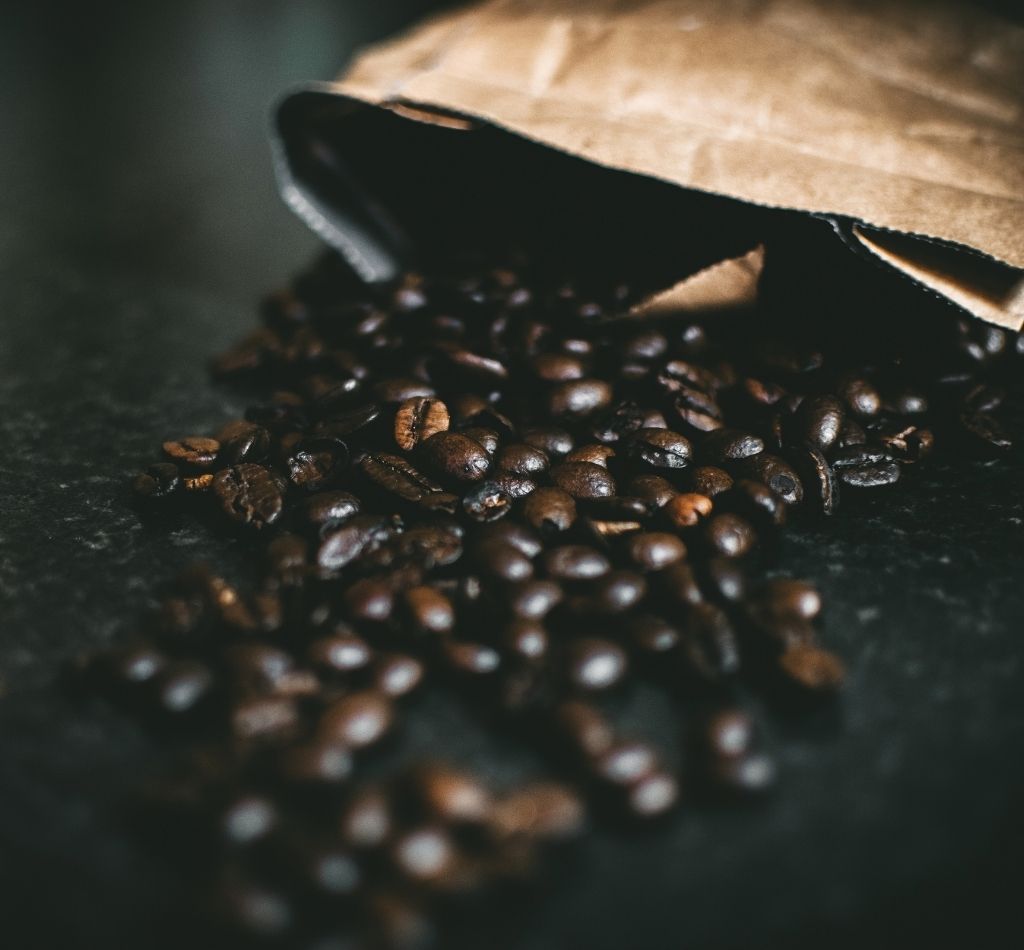
As with many questions about coffee, the answer to whether oily beans are good or bad might not be as straightforward as you would expect. The truth is, all coffee beans contain some level of oil, but how the oil comes to rest on the surface of the bean is what’s important. In some instances, a thin layer of oil on the outside of the beans is a mark of a perfect dark roast and is what you would hope to find. But it’s a double-edged sword. The oil resting on the surface of the bean can result in the coffee becoming rancid.
Coffee beans are seeds
We need to start at the beginning. The glorious beans you grind up for your brew are the seeds of a coffee cherry. That’s right. Coffee is a fruit. Coffee plants have waxy, dark green leaves and can grow to more than thirty feet. It will take three to four years for a coffee plant to reach maximum yield and a single plant can be harvested for more than twenty-five years.
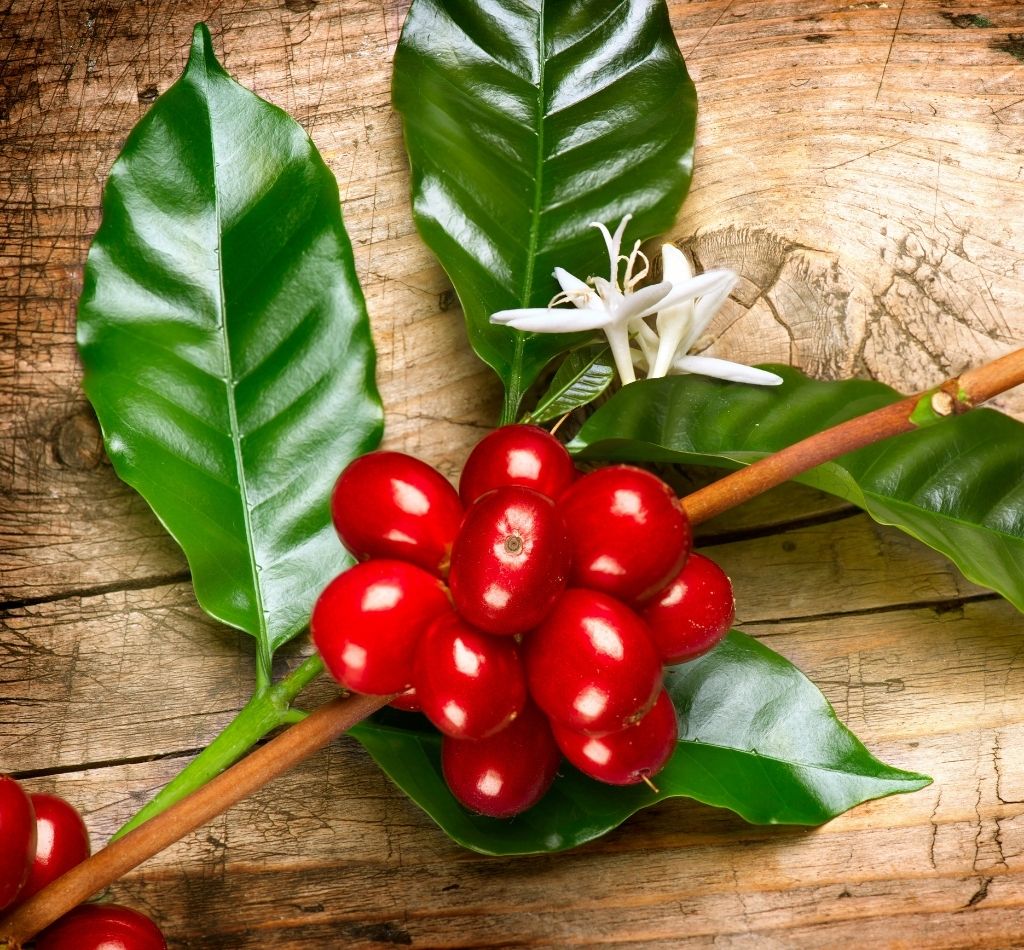
The cherries of a coffee plant are ready to be harvested when they turn bright red. The cherry itself has three layers; the mushy pulp, the sweet coating Mucilage., and the pectin. All of these layers hold various sugars essential during coffee fermentation. At the center of the cherry, suspended in a thin parchment, are two green seeds packed with wonderful flavor and aroma compounds. Like other seeds such as sesame and sunflower, the coffee seeds contain natural oils that we celebrate as a delicious crema on a perfectly pulled espresso shot. But now we’re getting ahead of ourselves.
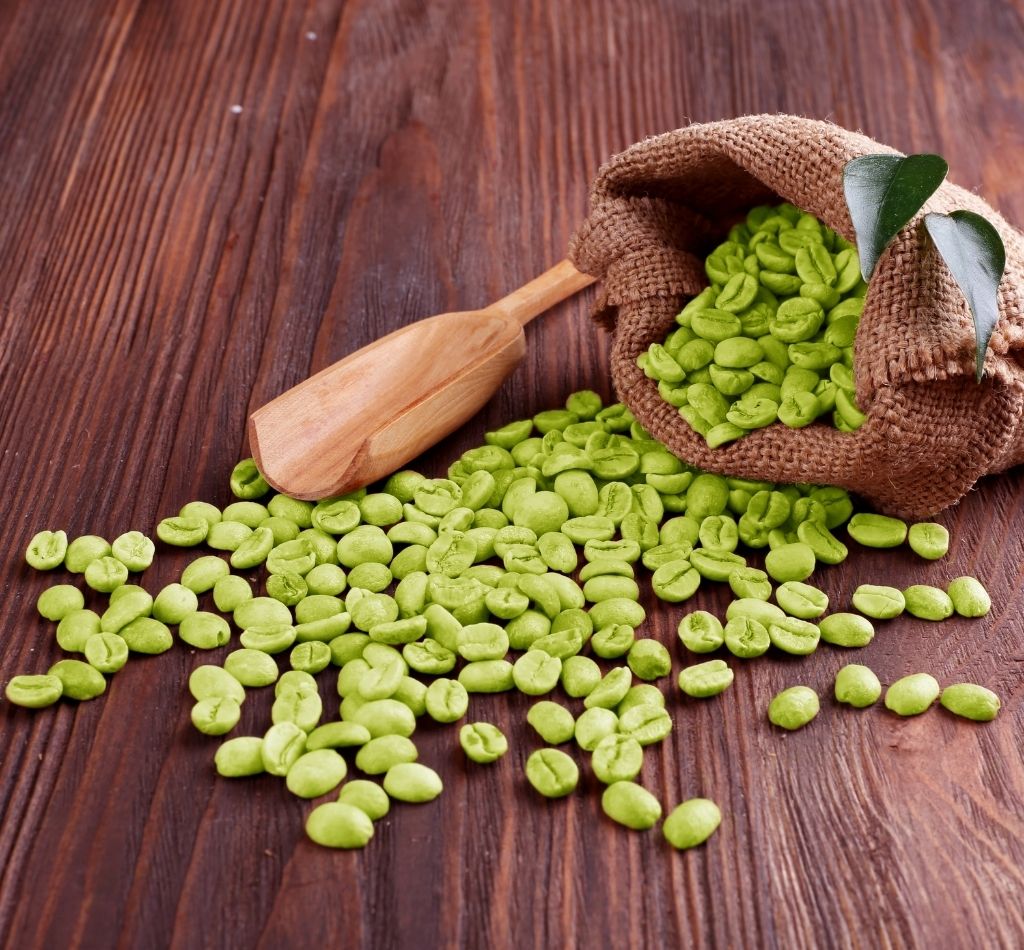
If you were to examine green coffee beans, you might not recognize them as anything other than seeds. They have a subtle earthy aroma and don’t taste much like the coffee you know and love. Only once the seeds are roasted do they turn the familiar brown color and begin to release the complex aromas that fill your kitchen in the morning. Roasting is where the magic lies, and when the oil migration begins.
How does coffee roasting impact oiliness?
During roasting, the internal pressure of the beans increases as water is converted to steam. The rising heat causes a reaction between the sugars, and amino acids, causing the beans to turn a rich brown color. As the bean structure begins to change, there is a snap that is referred to as “the first crack”. The sugars continue to caramelize, and the beans take on their roast flavor and aroma profile. This is when science and art have to work together. The roaster will carefully monitor the heat until the perfect balance is achieved. Continuing the roast brings about a second crack as the innermost structure of the beans weaken. The prolonged heat erodes the endosperm, softening the shell and forcing oil to the surface.
When roasting is terminated after the first crack, and before the second, the surface of the bean remains strong resulting in no oil release. In the case of a dark roast, the process continues through the second crack. This doesn’t mean dark roasts should be avoided, it simply means the beans won’t remain as fresh as a medium or light coffee roast.
Why do coffee beans become oily after roasting?
Large amounts of carbon dioxide, or CO 2, are created during the coffee roasting process. The gas remains trapped in the beans and is slowly released as they age. You may have noticed a small plastic valve embedded in coffee packaging. This one-way valve allows the gasses to exit without exposing the coffee to oxygen. Up to one percent of roasted coffee is gas and it takes around four weeks after roasting until all the gas has been released. As the CO 2 seeps from the bean, deposits of oil are left on the surface, and this tends to happen more with a darker roast.
Do oily coffee beans make good-tasting coffee?
If you’re a lover of espresso, you expect a well-pulled shot to have a thick layer of golden crema floating on top. This flavor-rich film is caused when the pressure and hot water emulsifies the oils and combines them with CO 2 to form tiny bubbles. When an espresso shot has no crema, it has either been pulled incorrectly, or the beans were no longer fresh. But, fresh-roasted beans you might consider “oily” will create a luxurious and delicious crema.
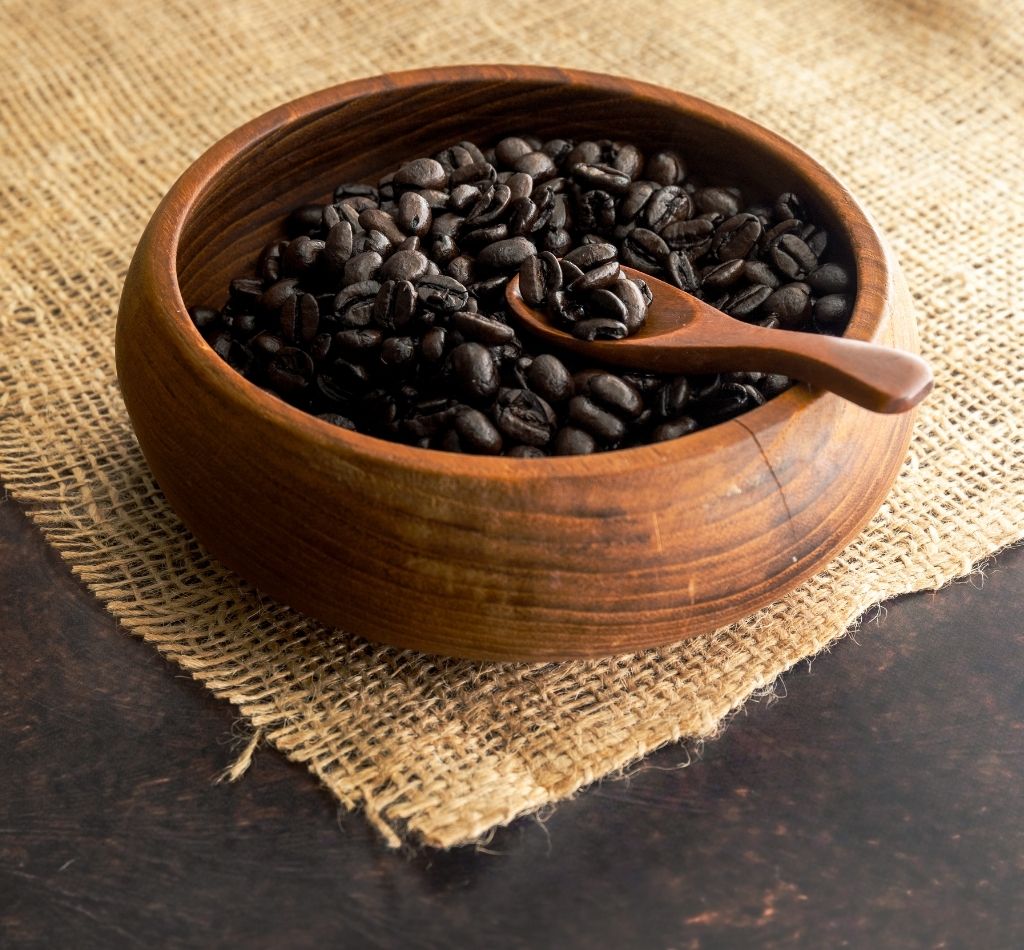
Coffee brewed using a French Press or Aeropress extracts the flavor compounds from grounds through emersion in water. Unlike with drip or pour-over brewing, there is no filter to trap any of the excess oils and the resulting cup of coffee has a thicker mouth-feel which is part of the popularity of these brewing methods.
The bottom line is that you never want to sacrifice freshness. Oil present on fresh coffee beans is never a bad thing. The problem comes in when the oils are exposed to light and oxygen over time and then introduce rancid tastes to the coffee.
Oily coffee beans and brewing equipment
After all of this, you should know oily coffee beans are not necessarily undesirable. Having said that, they can mess up brewing equipment and some care ought to be taken. Brewing with oily beans can be hard on brewing equipment. In an espresso machine, oily deposits can block screens and tubing demanding a diligent cleaning routine. Oily beans can also clog the burs on grinders wearing them down over time. Worst of all, rancid oils can build up in equipment making their presence known for many cups to come.
Here are a few tips to help you safeguard your brewing equipment when using oily beans:
- If you are brewing with a darker roast, clean your brewing equipment immediately after the extraction process.
- Consider using a manual grinder for dark roast or oily coffee beans.
- Brew the coffee using a French Press, or even a simple mason jar, so there is no potential for equipment being damaged or clogged.
How to avoid oily coffee beans?
As we’ve already discussed, darker roasts tend to have more surface oil and it’s important to use the beans while they are still fresh. If you’re a lover of dark roasts, consider buying the coffee in smaller batches so there is no need to store the beans for long. Most specialty retailers sell 250g bags of their darker roasts.
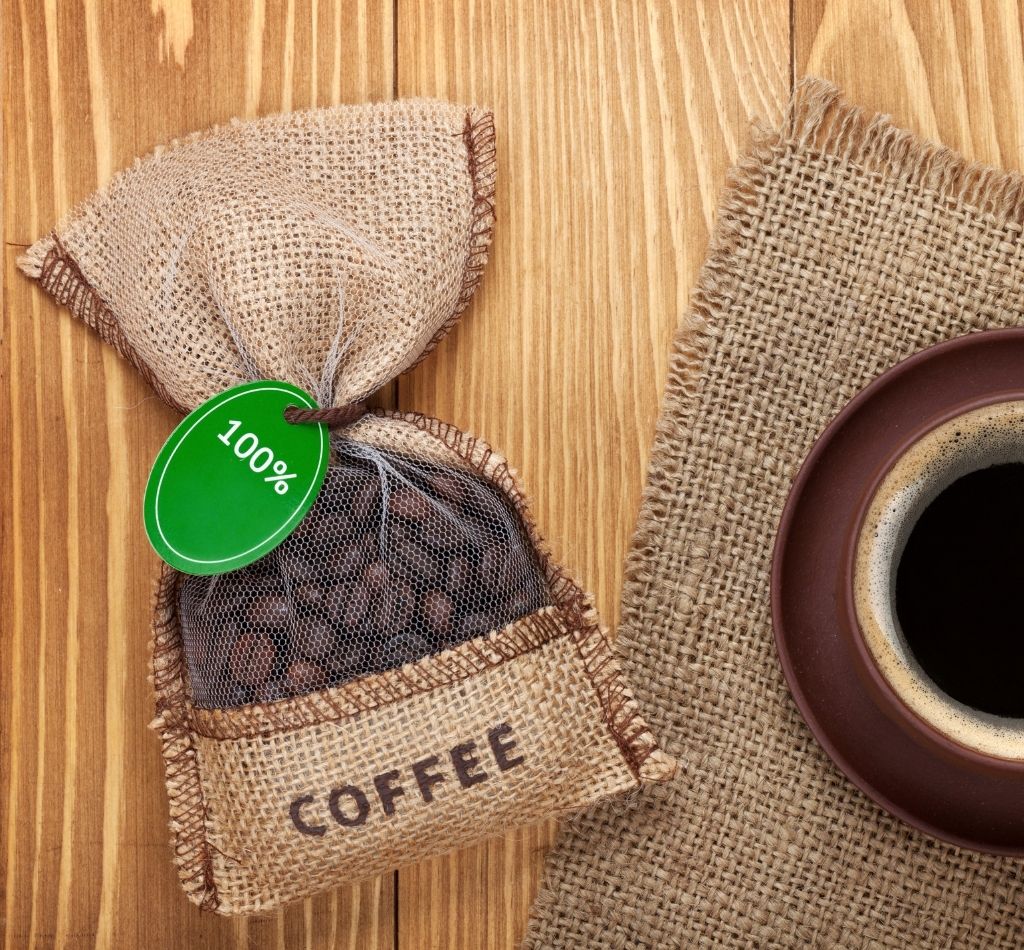
No matter the level of roasting, oily beans can be avoided. Here are a few pointers to follow:
- Grind fresh beans right before brewing. The longer the grounds remain exposed to oxygen, the more the coffee flavor and aroma compounds degrade.
- Check the coffee packaging. Make sure the bag of beans has a one-way valve allowing the gasses created during roasting to be released without oxygen being able to penetrate the bag. This will reduce the potential of oil coating the surface of the beans.
- Don’t store beans in the fridge. It’s a myth that coffee remains fresh in the fridge. In fact, colder temperatures can lead to faster Oxidation and aroma diminishes exponentially when coffee is stored below room temperature.
- You can freeze coffee beans. Roasted coffee has almost no moisture content, so no ice will form in the coffee. Remove the beans from the package if it has a one-way valve to prevent any risk of other food aromas impacting the coffee. Always let the beans get close to room temperature before you grind them. Giving the beans a good hour out of the freezer will do it.
Summing things up
Oily coffee beans are not necessarily a bad thing. Because dark roasted beans are heated to what is called the “second crack” or beyond, the innermost structure of the bean is weakened and some oil is pushed to the surface. For many people, the thin layer of oil on the beans is a sign of greatness in the cup. There is no reason to avoid oily beans, provided they are fresh.
Brewing with oily beans is not a problem, but some care needs to be taken. The oil from the beans can cause a build-up on brewing equipment. Oily coffee beans are best brewed using a French Press, Aeropress, or mason jar to avoid the potential for equipment damage.
Remember, for medium and light roasts, an oily surface is almost certainly a sign the beans are stale and should be thrown onto the compost pile. If you see oil on the surface, make sure the coffee has no hint of being rancid.
Grinders suffer because of oily beans. The oil can clog burrs and cause premature wear. A simple solution is to keep a manual grinder on hand and use it for darker roasts or slightly oily beans.
There are so many great coffee roasteries and specialty retailers around the country and the globe, that there is no excuse for accepting poorly roasted and badly packaged coffee. Today, specialty coffee is affordable and can even be found in most supermarkets, not to mention online shops. If the beans you purchase are routinely coated with oil, it’s time to find a new retailer.
Quick tip: Don’t discard oily coffee beans
Don’t throw oily coffee beans away. You can bash them up with a rolling pin and put them on the compost pile. You can also put a few bowls of old grounds around the patio table, since it works great as a natural insect repellant. You can even brew the coffee, let it cool, and use it to water house plants. It’s a good source of nitrogen for roses and hydrangeas.
Coffee beans are seeds, and oil is a natural part of their composition. The next time you take a sip of great coffee, roll it around in your mouth and think about the way the coffee feels. The oils inherent in coffee beans are an important part of our coffee experience. Oily beans are only bad when the oil has been exposed to oxygen for long enough to erode flavor and introduce undesirable tastes or unhealthy bacteria. After all, coffee is organic. The beans can’t last forever, but the memories of good times with great coffee can last forever.













